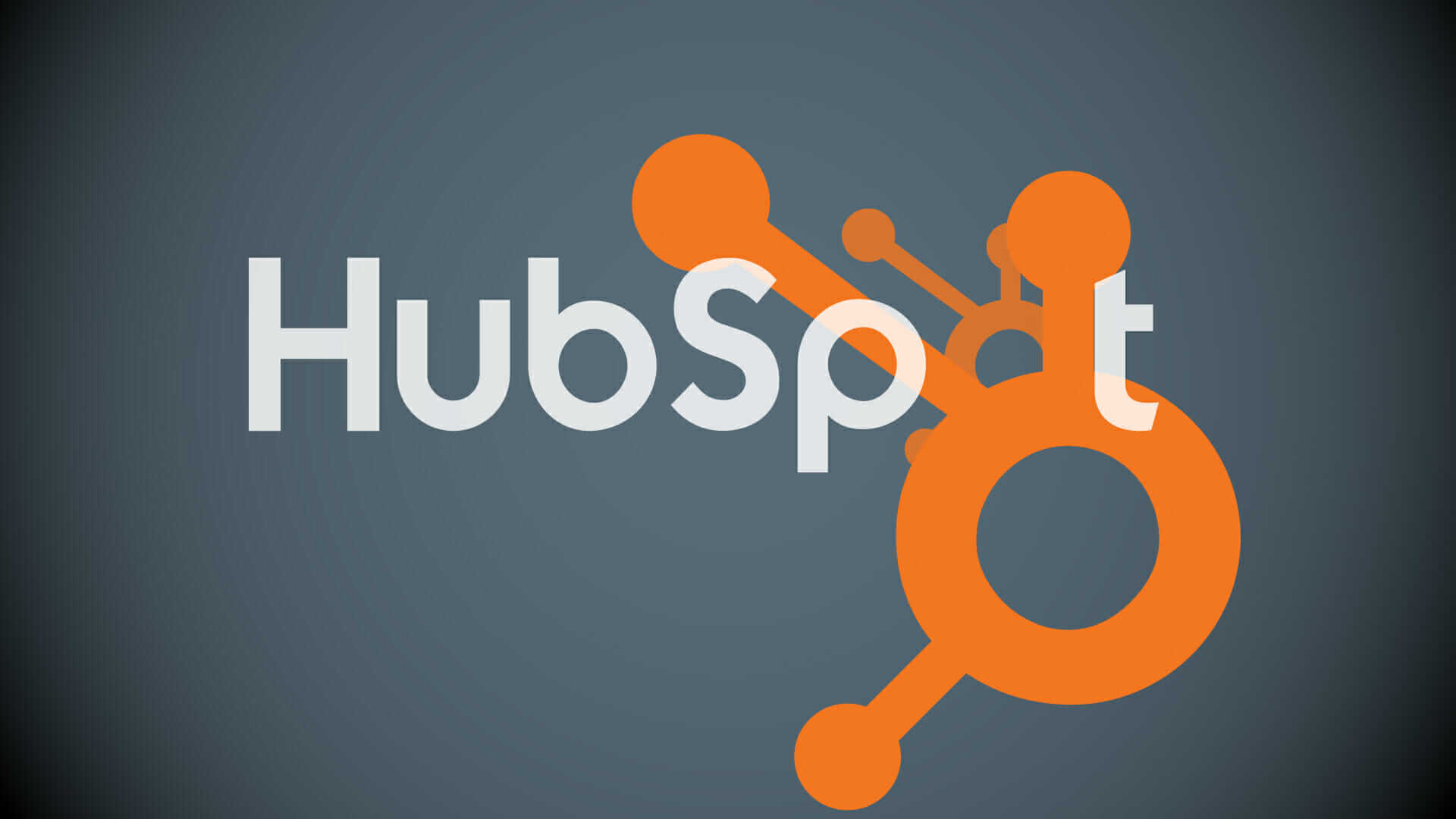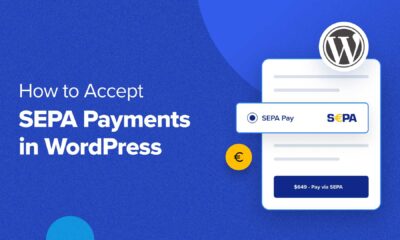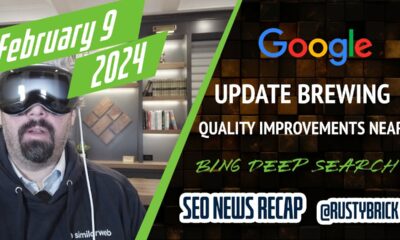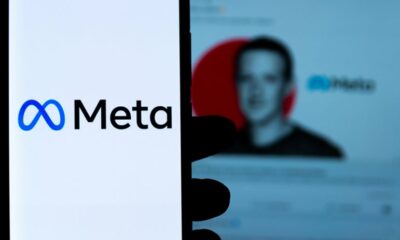Some of the most exciting updates from the past month (March to mid-April) include:
- Service Hub relaunch
- Customizable quote templates
- New features for HubSpot payments and invoices
- RevOps certification
Service Hub relaunch
On March 15, HubSpot relaunched its Service Hub tools with new features, including service level agreements (SLAs), Customer Portal and inbound calling. The price has also increased beginning May 2.
These improvements could help more companies adopt HubSpot as a cross-functional revenue operations platform by adding their service team to a tool their sales and marketing teams may also be using.
I was somewhat disappointed to see only minimal improvements to my favorite Service Hub tool, the Knowledge Base, which our company uses for internal documentation.
Get the daily newsletter digital marketers rely on.
Customer Portal improvements
For Hubspot Service Hub Pro and Enterprise users, the Customer Portal now allows end-users to see all tickets from their company in the customer portal instead of only viewing their own individual user tickets.
Where to find it. Under the Service menu, Customer Portal. Also, in the Settings area, Website, Customer Portal, scroll down to the Ticket Permissions for the feature described above.
Why we care. Customers can now learn from the answers of other team members’ ticket submissions, which reduces duplicate support tickets.
Service level agreements (SLAs)
For Hubspot Service Pro and Enterprise users, the new SLAs build out its help desk functionality with working hours, time to first response, time to close, reporting, lists and workflows using SLA properties.
The two SLA settings per inbox are Time to first reply (to the ticket) and Time to close (the ticket). You have two options for each setting: apply to all tickets in the inbox, or apply based on priority. SLAs will only apply to the chosen work hours when conversations have associated tickets in the inbox.
Where to find it. In the Settings area, Inbox, Inboxes, SLA tab.

Why we care. SLAs help to set and meet customer expectations about the timing of responses, help the customer support team to prioritize tickets, and help customer support managers to coach reps and improve the support process using reporting and workflows — such as reporting on how many tickets are due soon.
Inbound calling (beta)
Admins with Sales or Service Hub Starter and above can now buy a U.S., United Kingdom or Canadian phone number to use inside HubSpot for outbound or inbound calls. The calls forward to your own phone and create records, transcriptions and recordings inside HubSpot. Users must have a paid Service Hub seat to receive calls on their personal devices.
Where to find it. In the Settings area, Calling, the orange button on the right, “Get a HubSpot number.”
Why we care. Previously, only outbound calls were possible in HubSpot. Answering inbound calls is part of many customer service teams’ responsibilities, which will help keep all conversations from the same customer in the same system without additional tool integrations.
Customizable Quote templates
Admins with Sales Hub Pro or Enterprise can now create custom quote templates inside of HubSpot, utilizing the power of CRM, CMS, and HubSpot’s new payment features. The previous limitation was three basic templates.
Where to find it. Admins can go to the Settings area, Objects, Quotes, then Customized Quote Template. Developers will need CMS starter or above, or Marketing Hub Pro or Enterprise. Developers can use the HubSpot design manager tool to create custom themes, templates, and modules for quotes while ensuring the branding is consistent with style guides.
Users can find the completed quote templates in the usual Sales Quotes tool.

Why we care. Many users complained there were not enough template options or they needed to create more complex proposals or contracts beyond simple quotes. This led users to buy and (hopefully) integrate additional quotes software in the past.
New features for HubSpot payments and invoice
The beginning stages of the HubSpot Payments tools were announced in the fall, making it easy to embed payment links inside HubSpot tools such as quotes.
As these are for U.S. users only, our international friends are missing out on these features, and we hope that HubSpot can roll out international versions soon.
Invoice object for QuickBooks Integration users
Similar to the contact or company objects, invoices from QuickBooks now have their own object records inside HubSpot.
Where to find it. Go to the Contacts menu, then click on the blue Contacts link underneath the top menu, then click on Invoices in the dropdown menu.

Why we care. You can now see invoices in one place instead of only on individual deals, and you can use the invoice data in workflows, reporting, and list segmentation.
My company uses QuickBooks, and the integration has been fairly manual to use over the past year while HubSpot worked on improvements. We’re still waiting on an invoice paid date property to sync from QuickBooks, but these new invoice updates are promising.
Sync QuickBooks Invoices to HubSpot
You can automatically add QuickBooks invoices to HubSpot’s invoice object and automatically update invoices in HubSpot when you update an invoice in QuickBooks.
Where to find it. Go to the Settings area, Integrations, Connected Apps, QuickBooks, Invoices tab and there is a toggle on the right side of the screen. Note: If you turn this on, you should first audit and match your Products in HubSpot and QuickBooks, or it could affect your QuickBooks reports and your sales team’s line items in HubSpot.
Why we care. Because manual work is not fun, attaching and detaching invoices to deals and companies, such as when the QuickBooks invoice wasn’t started in HubSpot (recurring invoices).
Payment links in marketing email (alpha)
You can now embed a payments button link in your marketing emails.
Where to find it. In the email editor, add a button to your email and choose payments in the left side panel dropdown.
Why we care. This feature can help companies bypass the need for a full e-commerce store and help recipients quickly register for a paid event directly from email. It removes a step in the payment process, and removing friction can increase your customers’ willingness to pay.
Additional contact fields on payment links
You can now add additional contact property fields to your payment links beyond just first name, last name, email address and phone number.
Where to find it. Either from the Sales menu, Payments, or go to the Settings area, Objects, Products, Payment Links tab. When you create the link, the new properties are available to add to the form on the second page of setup.
Why we care. Capturing more data can lead to more reporting and workflow opportunities.
RevOps certification
HubSpot Academy has released over five hours of content in their free Revenue Operations (RevOps) certification course.
Lessons include: Applying RevOps to the Flywheel, Systems Management for RevOps, Communicating the Value of RevOps to Company Leaders, Structuring Your RevOps Team, Hiring RevOps Team Members and Evaluating and Iterating Your RevOps Strategy, and more.
Where to find it. In your HubSpot portal, click on your profile picture, go to HubSpot Academy, and search the catalog.

Why we care. HubSpot is a RevOps tool since it can be used across many revenue teams such as marketing, sales, and customer success, with the data flowing easily and accurately through the customer lifecycle. Though there has been a huge increase in RevOps job titles, there aren’t many RevOps certifications or courses. Many people have different definitions of RevOps, so it can be a confusing space, and there is a need for education. HubSpot’s been working hard on this certification for a long time; they interviewed me for it a year ago.
This resource blends practical advice with high-level concepts in an easy-to-consume format that will give anyone of any skill level something to work at.
Additional notable releases
- CRM Associations improvements
- You can now associate multiple object records to each other, such as associating more than one company with each contact, deal or ticket. In Pro or Enterprise levels, you can also create custom association labels and use them in lists, workflows and reports, such as “main point of contact” for a company. This is a big improvement over the previous limitations of describing object relationships.
- Workflow sync to sandboxes (beta)
- This has been a missing feature in the sandbox tool. Previously, you could create amazing workflows in the sandbox, but you had to recreate them in your regular HubSpot portal. Now you can easily sync them into production.
- Lifecycle stage customization (beta)
- This is a highly requested but potentially dangerous feature. Every other area where that function is useful (i.e., Attribution Reporting) will be impacted, and other departments that rely on that property for a different purpose than your use case.
- Calling integrations for all HubSpot users
- Free HubSpot users, and users without paid seats, can now use outbound calling integrations to call HubSpot contacts. Previously, they either had to upgrade or only use it for 15 minutes a month.
- HubSpot app for Zoom meetings
- Use Hubspot from within Zoom meetings you are hosting to look at participants’ contact records, create new HubSpot contacts and add notes to their contact record during the meeting.
- Sync health
- Previously, there was little visibility to background errors preventing records from syncing. Sync Health tells you which records are syncing, being excluded from the sync or failing to sync.
- Improved multi-touch attribution
- Two new industry-standard multi-touch attribution models are now available: J shaped and inverse J shaped.
All the updates, all the time
If you are a HubSpot user, you can find a complete list of recent updates by clicking on your profile picture, Product Updates, and filtering for the last 30 days, past three months or past year.
HubSpot also describes select new features and shows roadmaps of future items in development on its website.
I also recommend following HubSpot Academy Senior Inbound Sales Professor Kyle Jepson on Linkedin or Twitter. Search for #HubSpotTipsAndTricks.
Opinions expressed in this article are those of the guest author and not necessarily MarTech. Staff authors are listed here.





















You must be logged in to post a comment Login